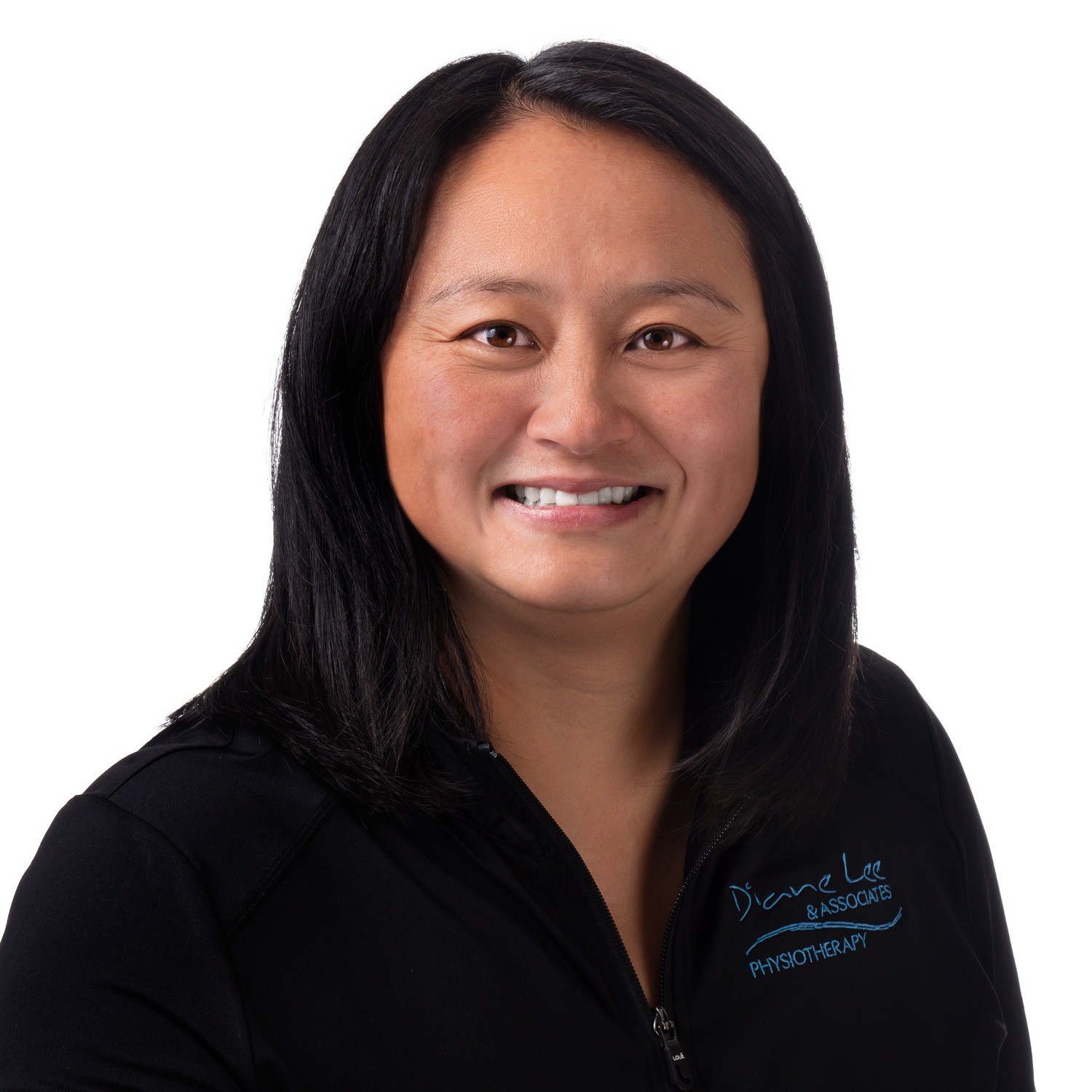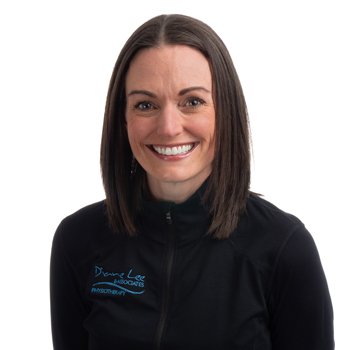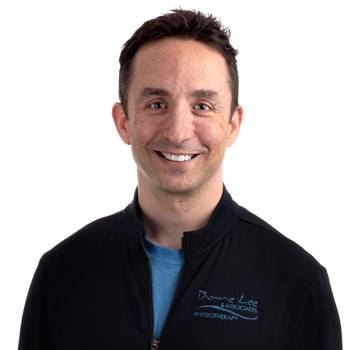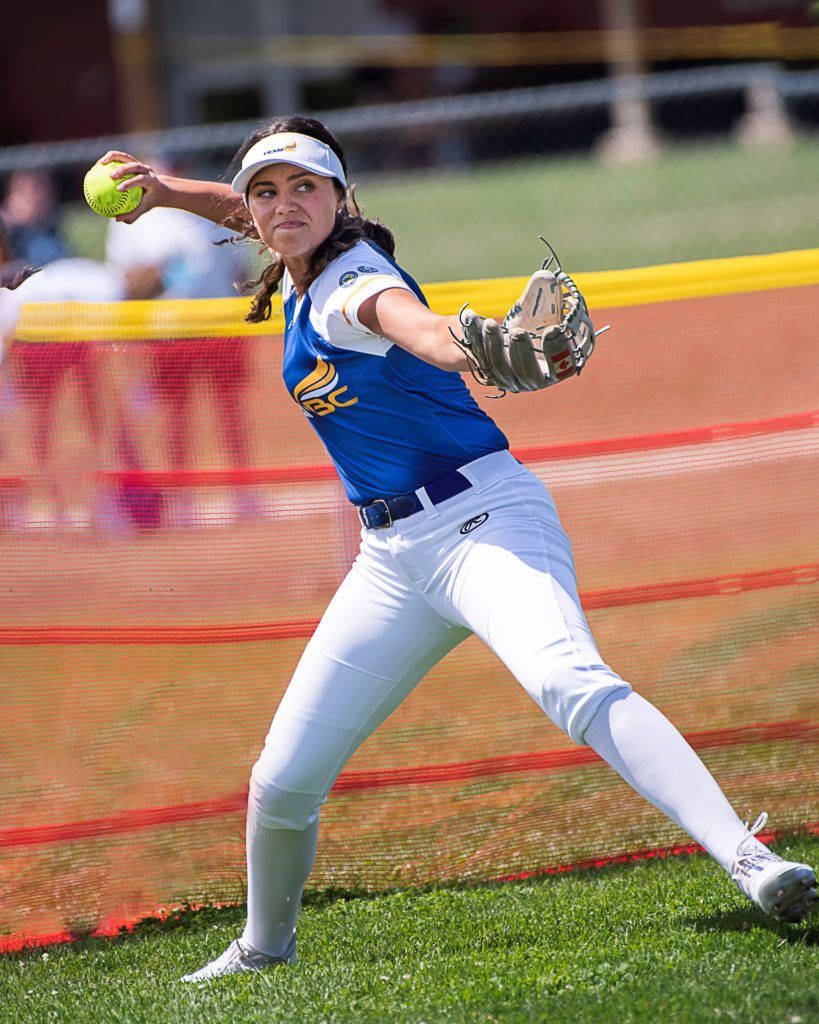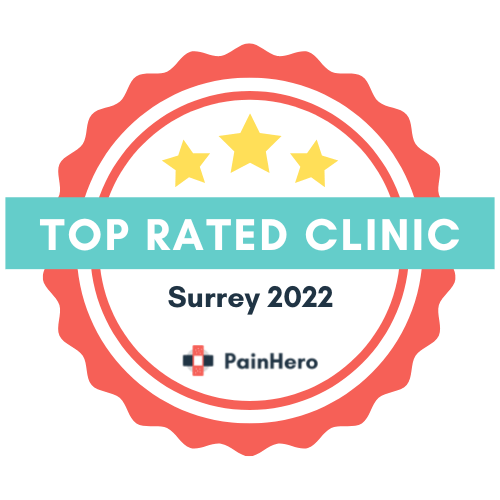It is not uncommon to find faulty alignment and biomechanics within the cranium or between the cranium and neck or jaw in conditions such as head and neck pain, jaw and orofacial pain, arm/leg pain and/or low back and pelvic floor pain and impairment.
According to the functional, holistic model we use at Diane Lee & Associates (the Integrated Systems Model), the cranium is considered to be the body region to treat whenever correcting its alignment and biomechanics improves your symptoms (i.e. headache, TMJ pain etc.) and your ability to move (i.e. head, neck, jaw, arms legs etc.). Although motion between the bones of your cranium is small, it is detectable by the human hand. Anything that restricts movement of the cranial bones can also impact mobility of the membranes that both line and separate parts of the brain as well as the spinal cord. This system of lining (dura and perineural tissue) extends from your brain all the way to the tips of your fingers and toes. Tail-bone pain and headache are often caused by restriction of mobility in this membrane system.
Determining exactly what is causing the cranium to lack mobility requires that the therapist ‘listen to’ a pattern of motion that craniosacral therapists have recognized for over a century. Scientists have not been able to measure this clinically proposed cranial rhythm and many feel it does not exist. However, Brian Weiss notes that ‘truths really do not need research support. They exist above and beyond scientific confirmation, because science is constrained by the limitations of its measuring devices. It cannot prove what it cannot yet measure. When the appropriate tools are developed, the truths will be there, waiting to be discovered’.
According to craniosacral theory, the cranial rhythm is produced by the pulsation and flow of the cerebral spinal fluid which is produced by the ventricles of the brain. This rhythm is unique much like the rhythm our heart produces when it pumps blood to our organs. When external muscles attaching to the cranium become tight or tense, or when tension increases in the internal membranes of the cranium (the cerebral falx, cerebellar tentorium and spinal dura) this inherent normal rhythm is disturbed and this change in motion is easily detected by the experienced hand.
Various manual techniques are used to restore optimal motion, alignment and rhythm of the cranium. These techniques are always gentle and responsive to minute changes in the rhythm and motion of the cranium. Cranial impairments are often linked to those of the clavicle (the collar bone), first rib and thorax mainly via the muscles that connect the two regions. The cranium is easily perturbed by injuries to the shoulder, neck and head. Consequently, altered tension and mobility in the dura and nervous system can create symptoms far distant from the cranium. The holistic, integrated approach we use at Diane Lee & Associate will help to determine if your cranium is involved in your condition and if this specific form of therapy is indicated.

